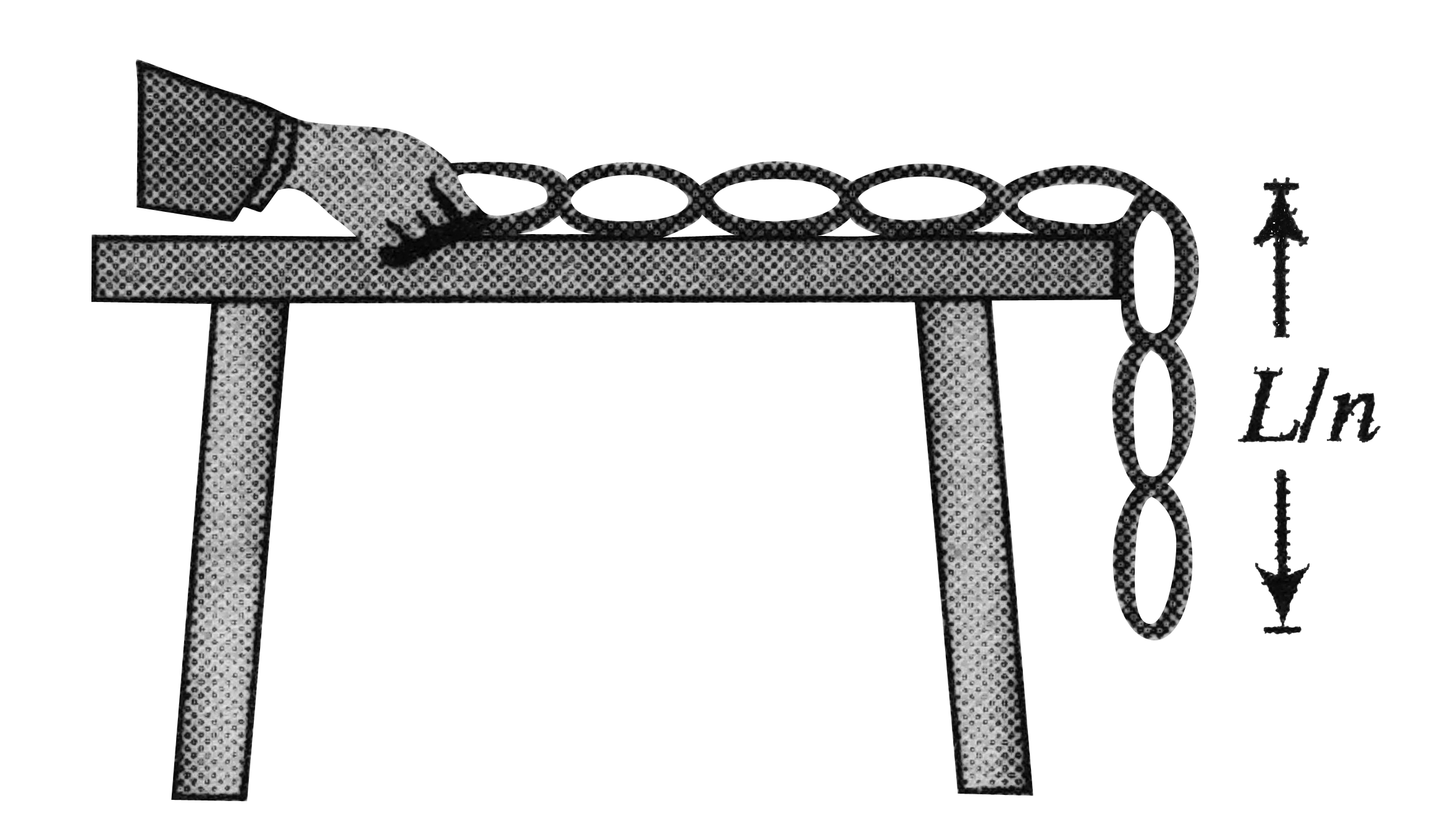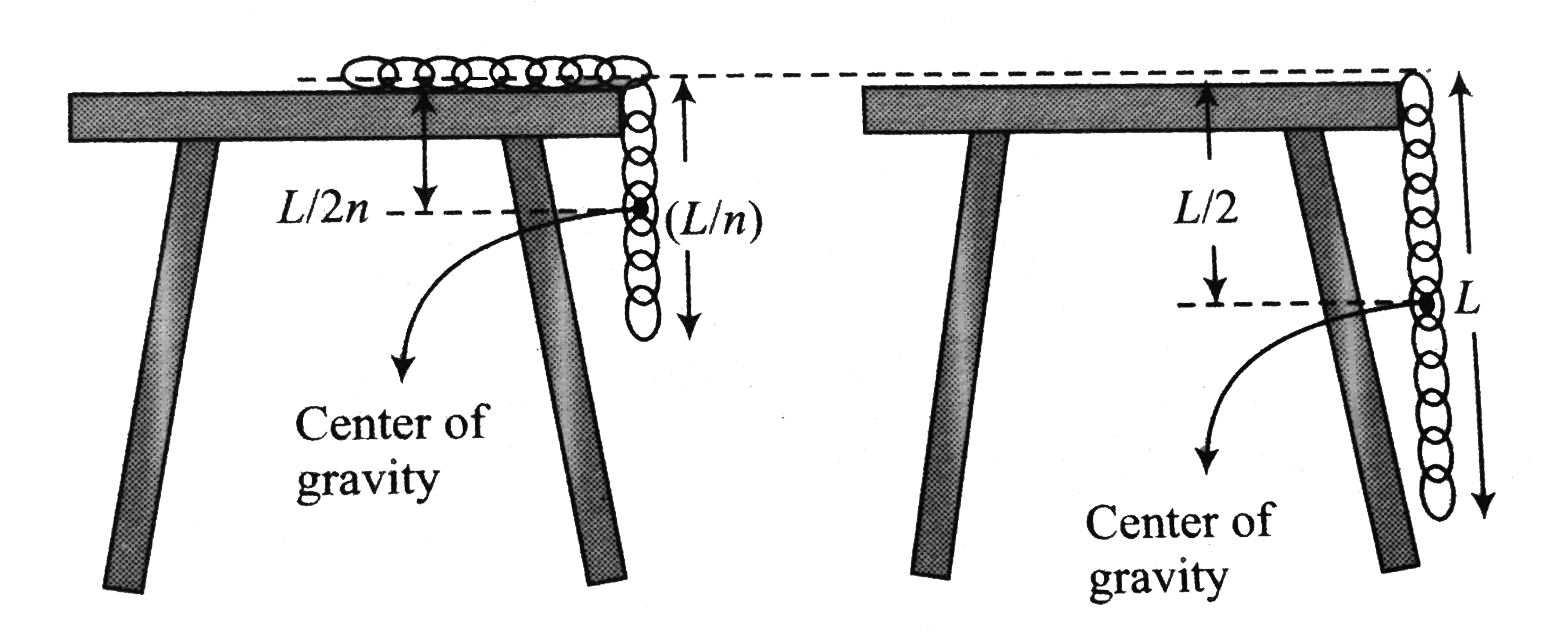Text Solution
Verified by Experts
|
Topper's Solved these Questions
WORK, POWER & ENERGY
CENGAGE PHYSICS ENGLISH|Exercise Solved Examples|15 VideosView PlaylistWORK, POWER & ENERGY
CENGAGE PHYSICS ENGLISH|Exercise Exercise 8.1|25 VideosView PlaylistVECTORS
CENGAGE PHYSICS ENGLISH|Exercise Exercise Multiple Correct|5 VideosView Playlist
Similar Questions
Explore conceptually related problems
Knowledge Check
Similar Questions
Explore conceptually related problems
CENGAGE PHYSICS ENGLISH-WORK, POWER & ENERGY-Archives (integer)
- A chain of length L and mass M is held on a frictionless table with (1...
03:30
|
Playing Now - A light inextensible string that gas over a smoth fixed polley as show...
03:12
|
Play - A block of mass 0.18 kg is attached to a spring of force-constant 2 N/...
03:52
|
Play - A bob of mass m, suspended by a string of length l1 is given a minimum...
05:05
|
Play - A particle of mass 0.2 kg is moving in one dimension under a force tha...
01:22
|
Play

